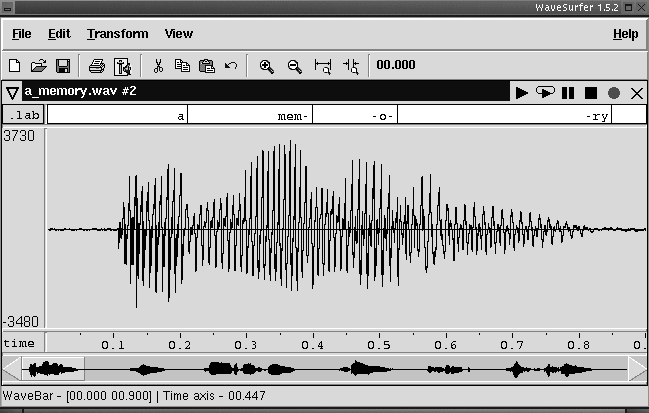

When the KWS systems are developed using MFCCs extracted from the DA-SPF smoothed spectra, referred to as single-pole smoothed (SPS)-MFCCs, significantly improved KWS performances are observed in pitch and noise mismatched test conditions. Consequently, the magnitude spectra of pitch-sensitive voiced frames are relatively more smoothed than the non-voiced frames. The formant magnitude of the voiced sound units is predominant in this frequency band. The pole magnitude, which controls spectral smoothing, is changed adaptively for each analysis frame depending on the normalized spectral magnitude in 0–2500 Hz frequency band. In the proposed method, the magnitude spectra are smoothed by processing through a data-adaptive single-pole filter (DA-SPF) before computation of Mel frequency cepstral coefficients (MFCCs) to filter out the high-frequency components, which are mainly due to the pitch periodicity. This paper proposes a simple and effective data-adaptive smoothing approach to suppress the pitch and environment-induced mismatches in keyword spotting (KWS) systems. Results suggest that our proposed model better represents the signal over various domains and leads to better formant frequency tracking and estimation. An advantage of our model is that it is based on heatmaps that generate a probability distribution over formant predictions. Then, multiple decoders further process this representation, each responsible for predicting a different formant while considering the lower formant predictions. Our proposed model is composed of a shared encoder that gets as input a spectrogram and outputs a domain-invariant representation. The contribution of this paper is to propose a new network architecture that performs well on a variety of different speaker and speech domains. However, when presented with a speech from a different domain than that in which they have been trained on, these methods exhibit a decline in performance, limiting their usage as generic tools. Recent work has been shown that those frequencies can accurately be estimated using deep learning techniques. Compared to the popular Wavesurfer, for example, the proposed tracker gave a reduction of 29%, 48% and 35% in the estimation error for the lowest three formants, respectively.įormants are the spectral maxima that result from acoustic resonances of the human vocal tract, and their accurate estimation is among the most fundamental speech processing problems. Results show that the proposed DNN-based tracker performed better both in detection rate and estimation error for the lowest three formants compared to reference formant trackers. In this approach, the formants predicted by a DNN-based tracker from a speech frame are refined using the peaks of the all-pole spectrum computed by QCP-FB from the same frame. Therefore, a novel formant tracking approach, which combines benefits of deep learning and signal processing based on QCP-FB, was proposed. QCP-FB gave the best performance in the comparison. The six methods include linear prediction (LP) algorithms, weighted LP algorithms and the recently developed quasi-closed phase forward-backward (QCP-FB) method. Using the DP approach, six formant estimation methods were first compared.

Formant tracking is investigated in this study by using trackers based on dynamic programming (DP) and deep neural nets (DNNs).


 0 kommentar(er)
0 kommentar(er)
